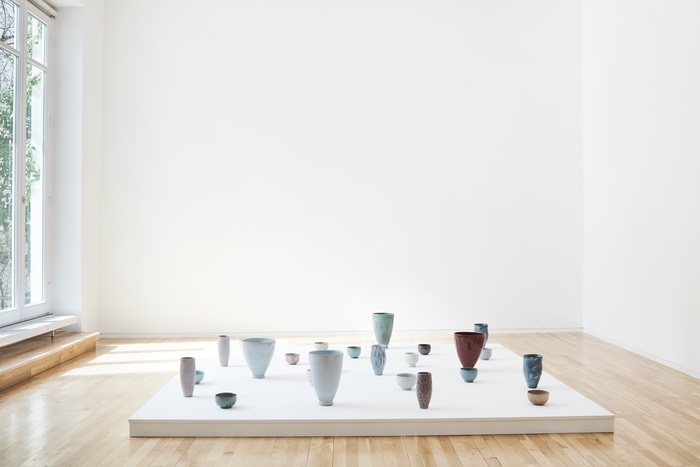

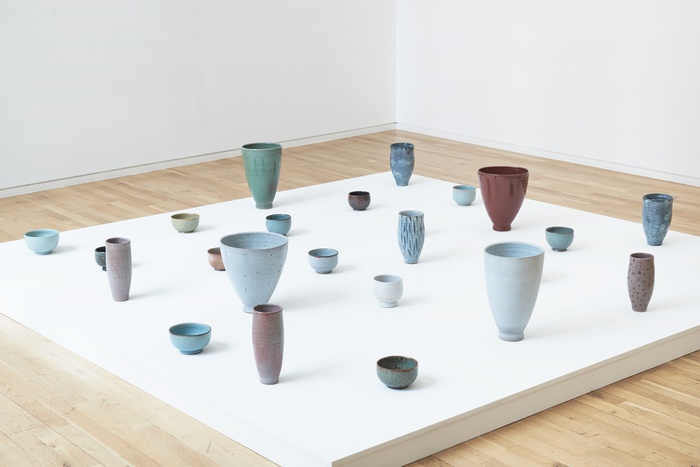
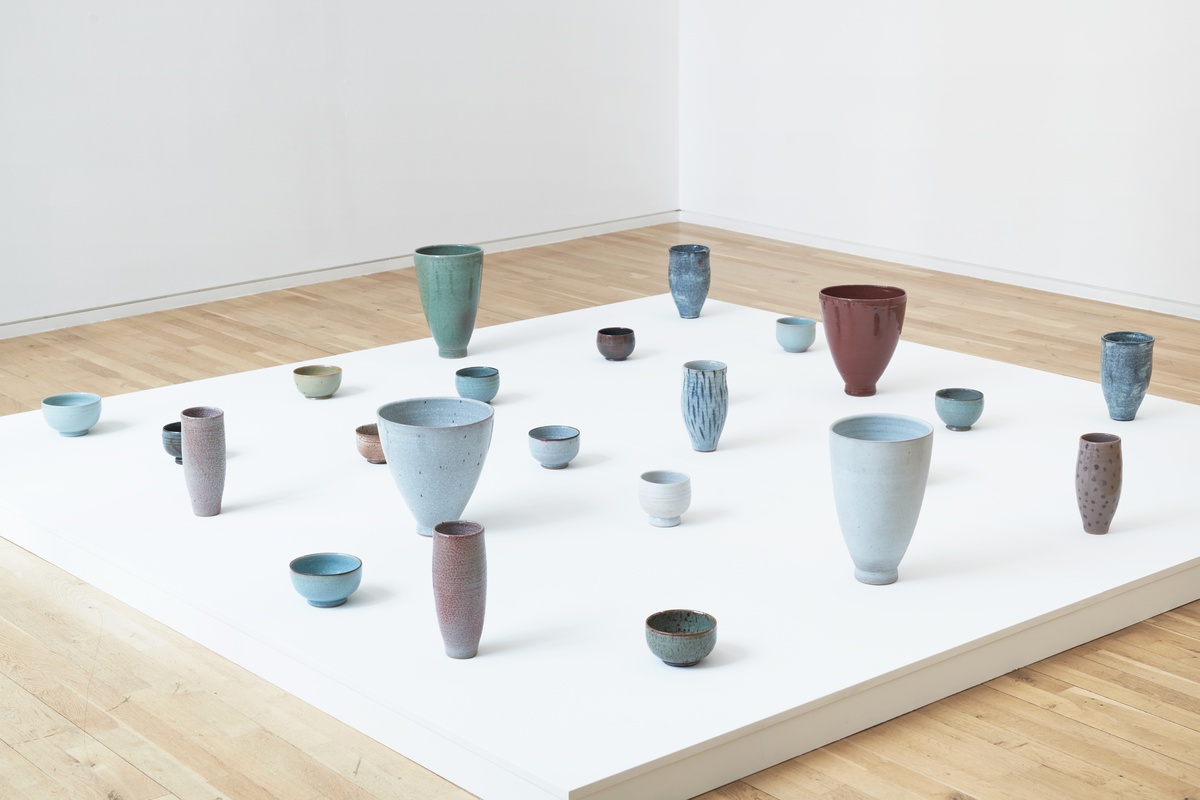
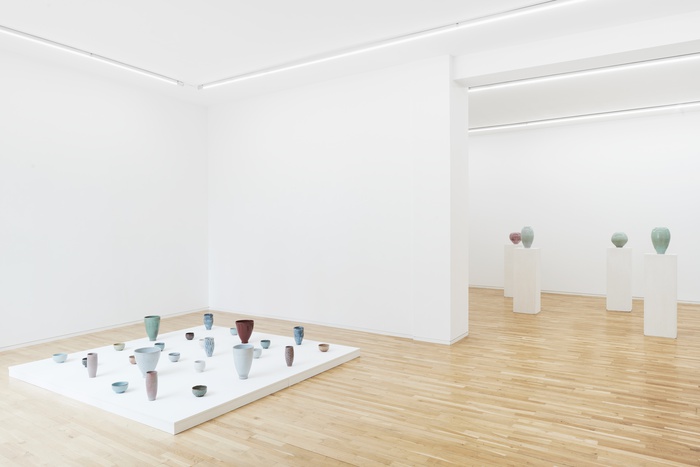
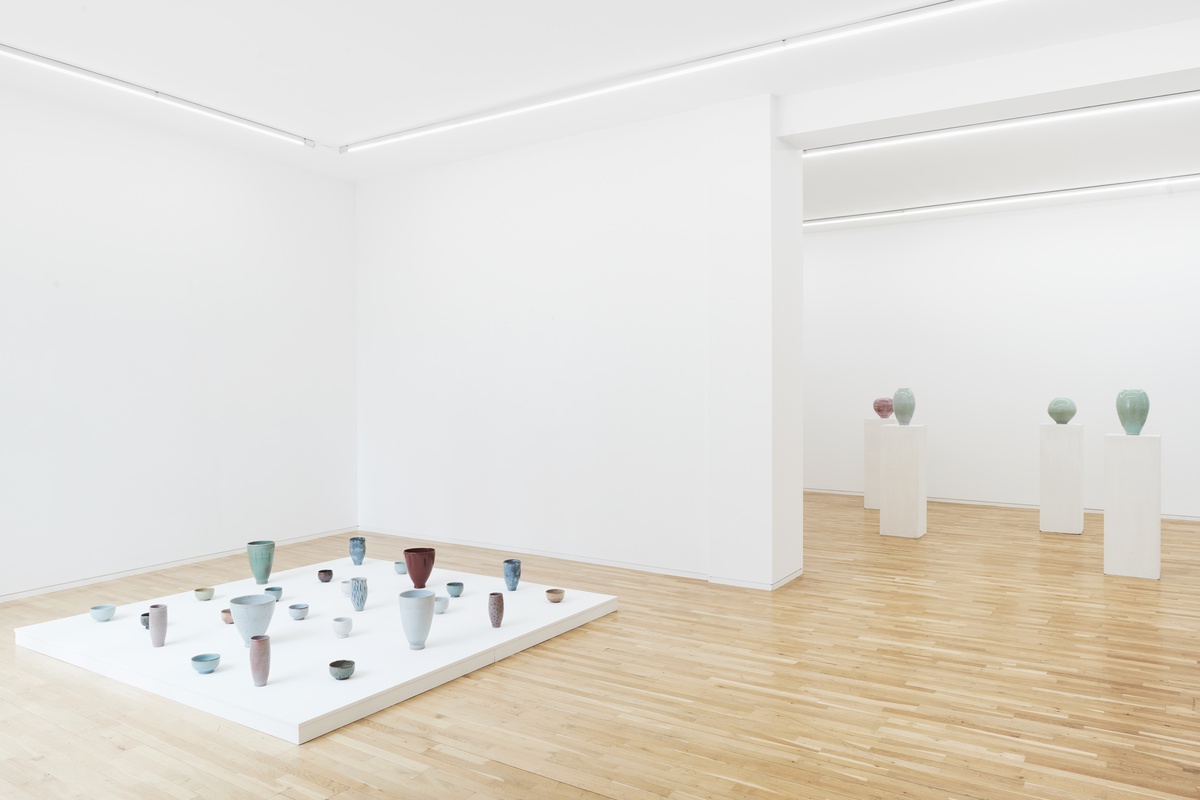
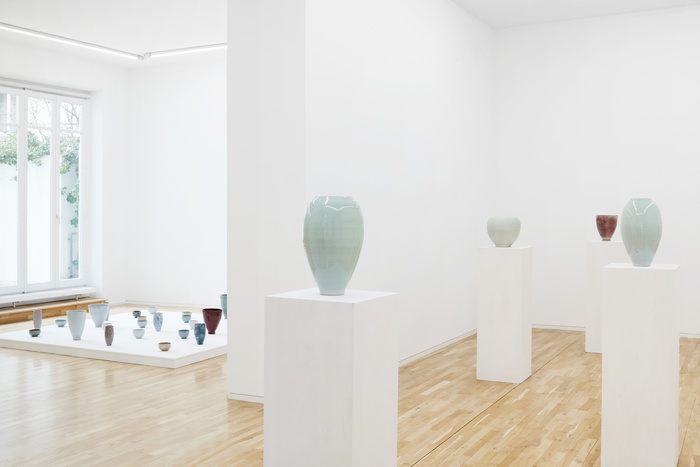
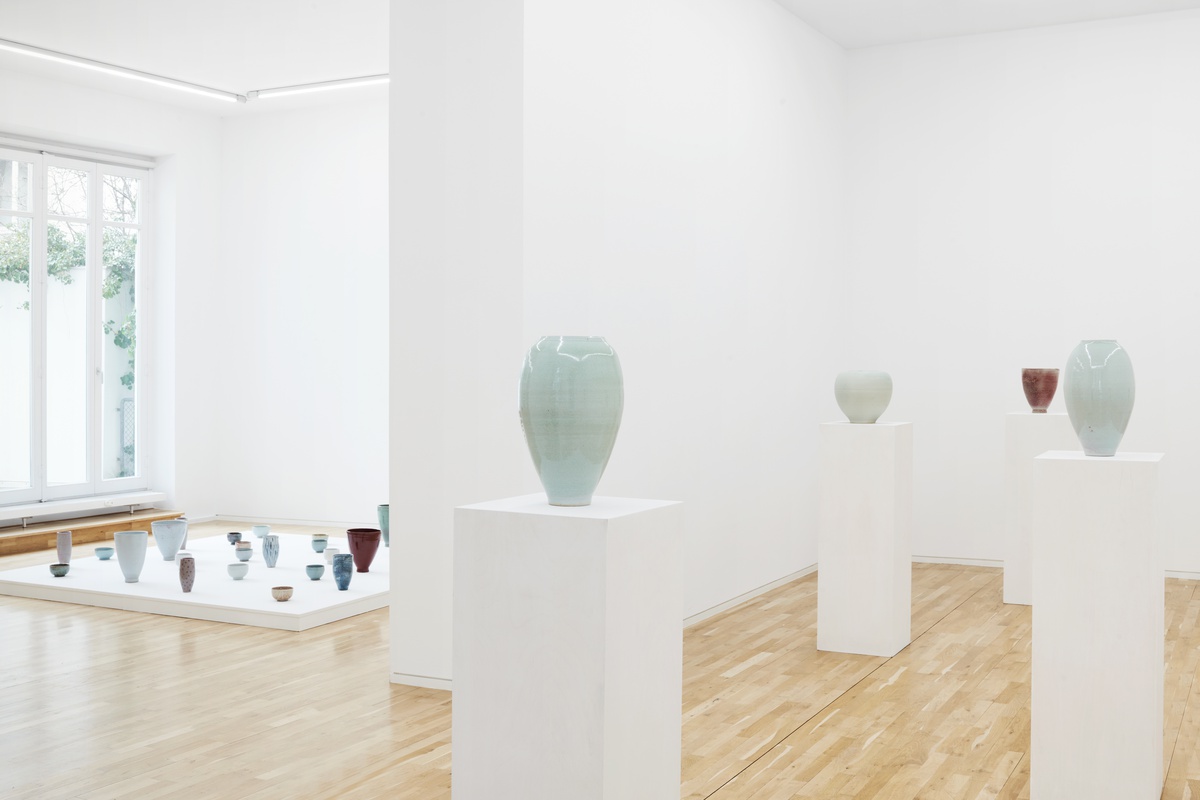
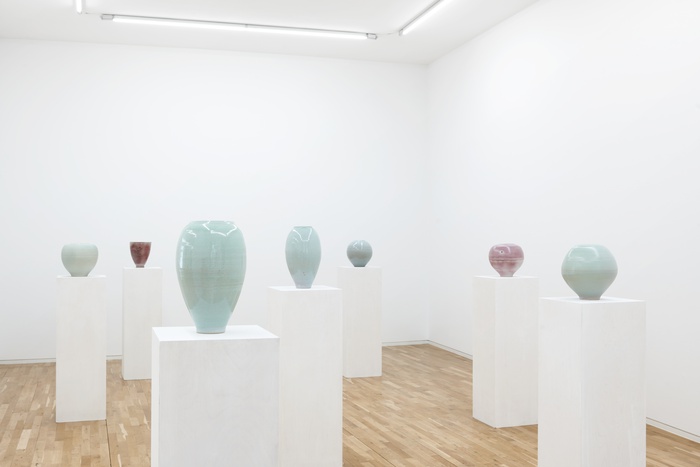
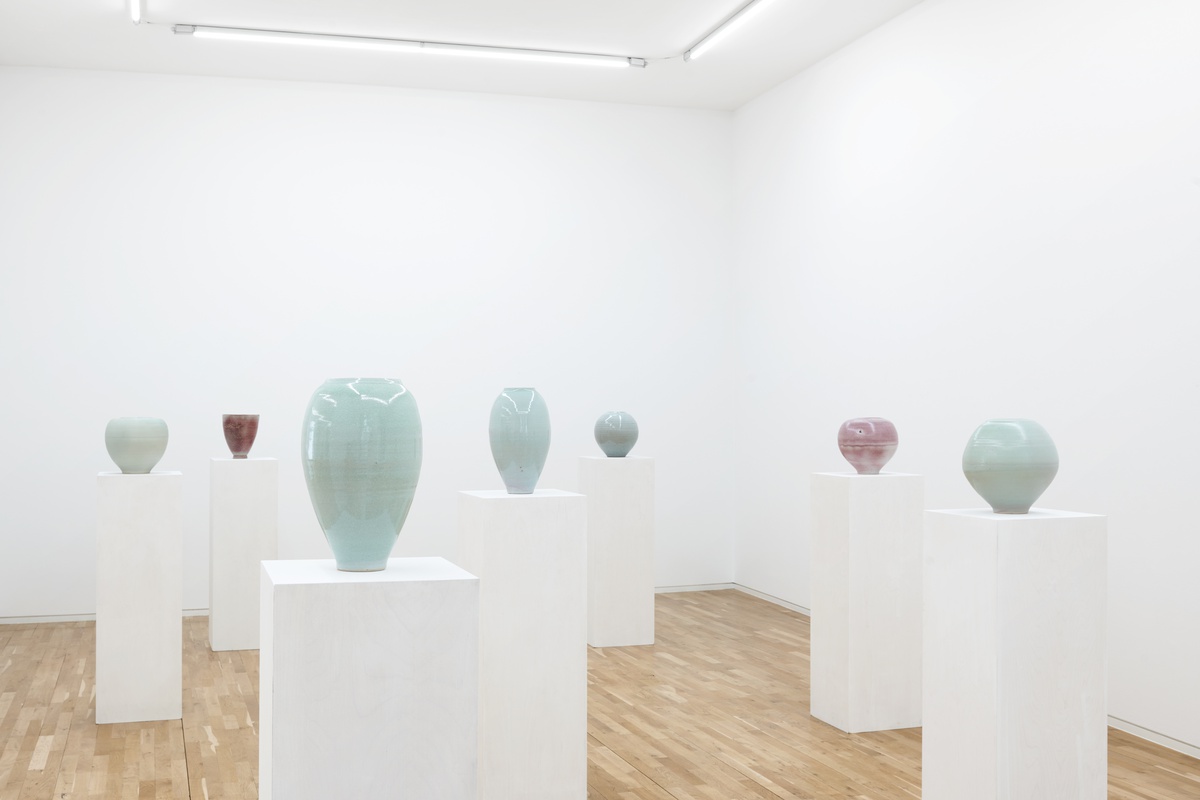
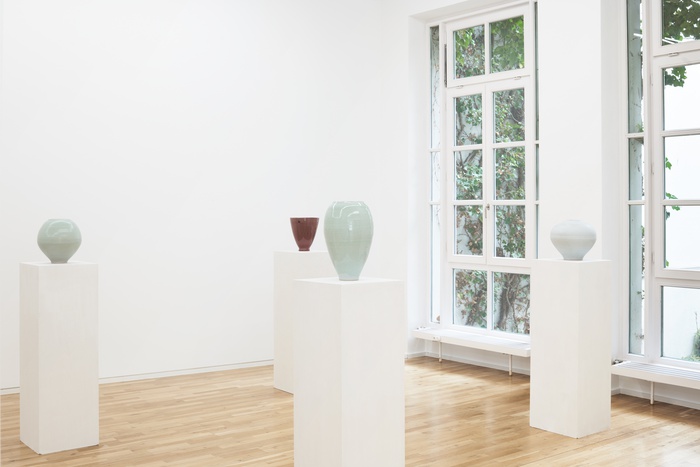
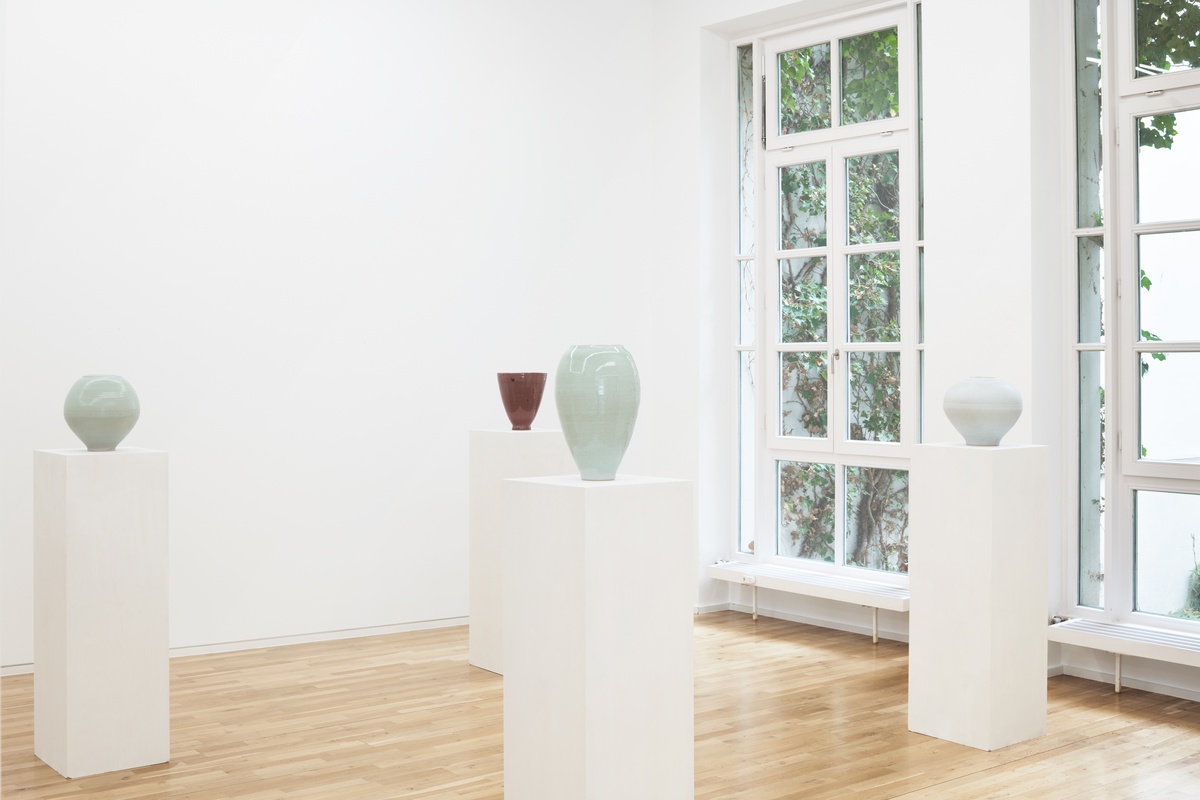
installation view, Jahn und Jahn, Munich, 2025
installation view, Jahn und Jahn, Munich, 2025
installation view, Jahn und Jahn, Munich, 2025
installation view, Jahn und Jahn, Munich, 2025
installation view, Jahn und Jahn, Munich, 2025
installation view, Jahn und Jahn, Munich, 2025
Opening on Thursday, March 13, 2025, 6–9pm
The main theme of the current exhibition at Jahn und Jahn in Munich is spherical vases, accompanied by several examples from the cylinder vase series in combination with the relatively new form of tall beaker vases.
Young-Jae Lee has been working with spherical vases since the beginning of her ceramic career. The initially stocky forms tended to merge with their underground, they were solidly grounded. Over time, they grew in width and height, striving towards the air-filled space. They did not lose any of their solidity, but rather demonstrated the tense vertical expansion between the bottom and the top. The space in these vases is measured vertically, but Young-Jae Lee is also always concerned with the width, the horizontal expansion. The space is marked outwards by the contour and enclosed inwards by the volume. The rational concept of relating the two dimensions to each other is the mental starting point. The finished object is a sensual moment. In between lies the creation of the form through the manual labour of turning. The opening is a joy of the hand, whereas the closing is work, it is the calculating guidance of the hand inwards. An essential aspect of the design is thus decided, the curve with which the shoulder is drawn in. Strictly speaking, the end of the vessel, a hint of the end of the neck, follows this curve inwards. Only rarely is there a gentle upward or even outward swing. As connoisseurs of Young-Jae Lee's spherical vases know, these are also partly composed of two shells. Here, too, the tension between ‘outside and inside’, between widening and closing, applies. There are two harmonising forms, the bowl and its ‘lid’. They are two separate, self-contained modes of creation and therefore an interruption that is only cancelled out by the montage.
The elongated vase shapes and the so-called cylindrical vases have a long history in Young-Jae Lee's ceramic creation. They were the main theme for a while and underwent metamorphoses of form in size, movement, purism and painterly decoration.
Finally, the large beaker vases are a relatively new series. One remembers the large chalices that Young-Jae Lee once created for the celebration of the Last Supper in St. Peter in Cologne, and one remembers the chalice-shaped bowls. The beaker vases are a synthesis of these two types. Here the ratios of foot, expansion and height of the vessel body are maximised. They are nevertheless stable. Like the smaller and medium-sized cylinder vases, they are easy to use. Imagine a lush bouquet of flowers or a branch that emphasises the wide space of the vase even more with its striped open branches. But even without a function, these beaker vases stand out like a sculpture.
Young-Jae Lee, b. 1951 in Seoul (Republic of Korea/South Korea) studied at the College of Art Education in Seoul from 1968 to 1972, before she came to Germany in 1972 to first continue her education with the ceramist Christine Tappermann and then study ceramics with Margot Münster und form and shape with Erwin Schutzbach from 1973 to 1978 at the University of Applied Sciences in Wiesbaden. She also completed a traineeship with Ralf Busz. She opened her first workshop in 1978 in Sandhausen near Heidelberg. From 1984 onwards, she worked as an artistic-scientific assistant at the Gesamthochschule in Kassel (now the University of Kassel) until she took over the Margaretenhöhe Ceramics Workshop in Essen in 1987. In addition to her individual pieces, the bowls and vases, she has developed an extensive range of tableware that can be combined in a variety of shapes and, above all, colours to suit individual tastes and requirements. Young-Jae Lee is exhibited in museums and galleries in Europe, America, South Korea and Japan. Since 1988, exhibitions have been held regularly, initially in the gallery of Fred Jahn and now at Jahn und Jahn, with Young-Jae Lee's individual pieces as well as with tea ceramics and the tableware production of the Keramische Werkstatt Margaretenhöhe.
Gisela Jahn
Awards and honours: 2016 Honorary doctorate from the Eugeniusz-Geppert Akademie der Schönen Künste in Breslau; 2015 Visiting professor at the Department of Ceramics at the College of Art and Design at EWHA Woman University in Seoul; 2005 Hessian State Prize for the Keramische Werkstatt Margaretenhöhe; 2001 Bavarian State Prize for Design to the Keramische Werkstatt Margaretenhöhe; 2001 Ceramic Prize Dießen; 1997 Hessian State Prize (First Prize to the Keramische Werkstatt Margaretenhöhe); 1989 Gold medal, Bavarian State Prize; 1981 First prize of the Richard Bampi Award for the promotion of young ceramists, Osnabrück; 1980 First Prize, Frechener Kulturstiftung.
Selected Exhibitions: 2024 Hetjens Museum, Düsseldorf; 2023 Museum für Kunst und Gewerbe, Hamburg; 2022 Jahn und Jahn, Munich; 2021 Galerie Karsten Greve, St. Moritz (Switzerland); 2020 & 2018 Galerie Karsten Greve, Cologne; 2019 Museum Folkwang, Essen; 2019 Dommuseum Hildesheim; 2019 Mixing plant of Kokerei UNESCO World Heritage Site Zollverein, Essen; 2019 GMA Ha Jung-woong Museum of Art, Sangmu-daero, Seo-gu, Gwangju (South Korea); 2018 Korean Cultural Center Brussels; 2018 Galerie Karsten Greve, Paris; 2017 Diocesan Museum in Freising; 2017 Hochschule für Bildende Künste, Dresden; 2016 Pucker Gallery, Boston, MA, USA; 2016 Galerie Jahn, Munich; 2016 Museum of Architecture, Breslau; 2016 Manggha Museum of Japanese Art and Technology, Kraków; 2016 MAK Österreichisches Museum für angewandte Kunst, Vienna; 2014 Galerie Fred Jahn, Munich; 2014 Lippische Gesellschaft für Kunst e.V., Schloss Detmold; 2013 Emil-Schumacher-Museum, Hagen; 2011 Museum für Asiatische Kunst, Berlin; 2010 Kunstverein Heinsberg; 2010 Hyundai Gallery, Seoul; 2008 Pinakothek der Moderne, Munich; 2007 Galerie Elmar Weinmayr, Tokyo; 2006 Pinakothek der Moderne, Munich; 2004 Museum Morsbroich, Leverkusen; 2002 Kunststation St. Peter, Cologne; 1996 Museum für Ostasiatische Kunst, Berlin & Cologne.
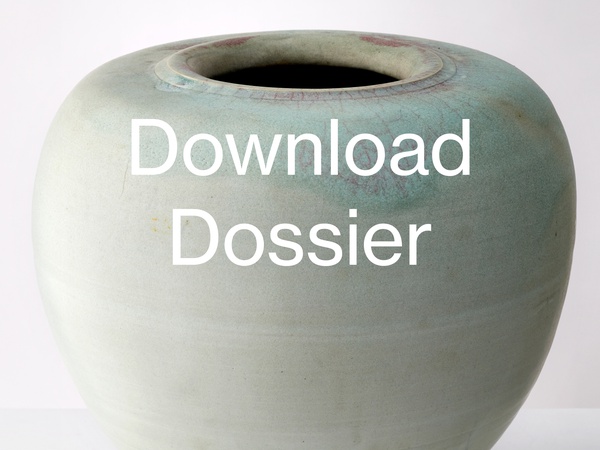
Dossier_Lee_UPDATE_withoutprices.pdf (1.0 MB)